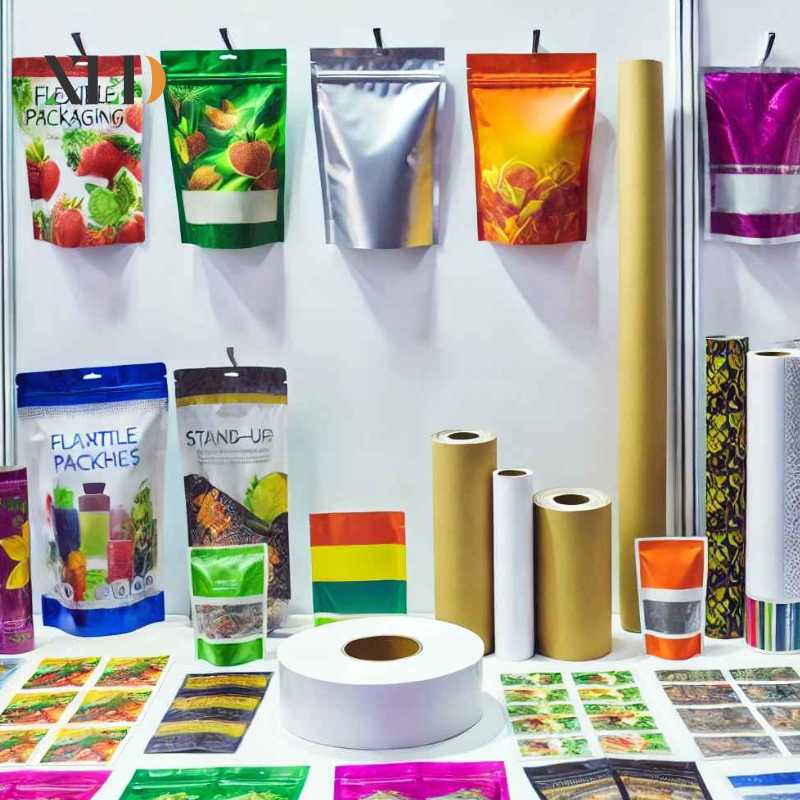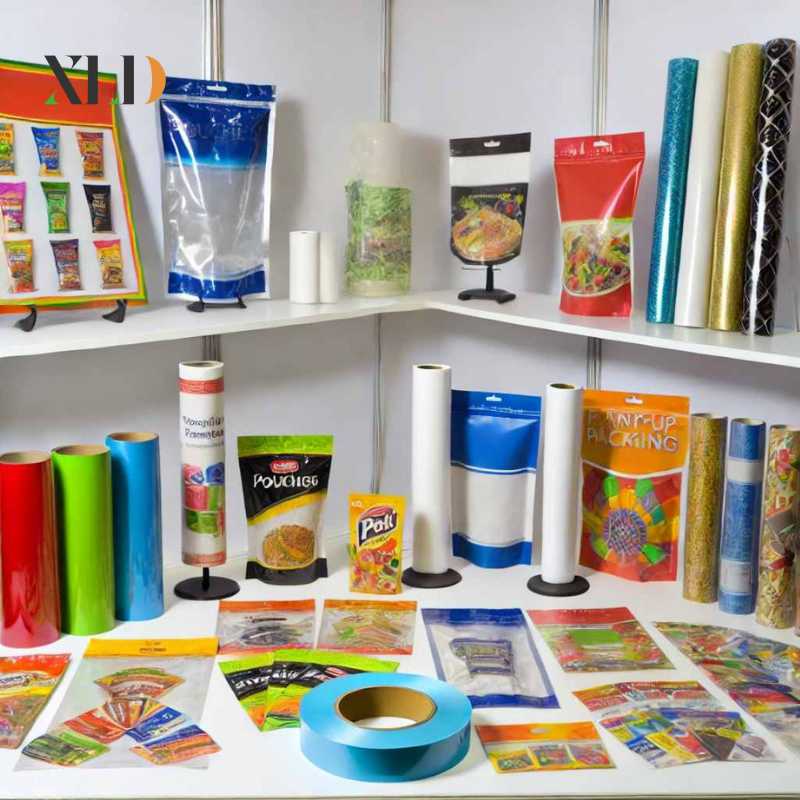
Selecting the right roll stock material is a critical decision that can significantly impact your product’s quality, shelf life, and overall consumer experience. With so many options available, understanding the properties and benefits of different materials is essential to making an informed choice that meets your product’s needs and aligns with your brand’s goals.
The material you choose for your roll stock packaging plays a crucial role in protecting your product and ensuring it reaches the consumer in optimal condition. From food and beverages to personal care items, the right packaging material can preserve freshness, enhance product safety, and even influence consumer perceptions.
For example, a company producing organic snacks must ensure that the packaging material not only protects the product from moisture and contamination but also aligns with its brand’s eco-friendly values. Choosing the wrong material could compromise product quality or contradict the brand’s sustainability message.

There are several types of roll stock materials to consider, each with its own set of properties and advantages. Here’s a breakdown of the most common options:
Laminated Paper: Laminated paper is increasingly popular for its blend of eco-friendliness and protective qualities. It’s ideal for products that need a balance of rigidity and flexibility, offering barrier properties against moisture and oxygen. For example, laminated paper is used by tea companies like Clipper Teas to protect their organic products while maintaining an environmentally responsible image.
Polyethylene (PE): PE is a versatile and widely used material known for its flexibility and moisture resistance. It’s often used for products that need a strong barrier against water vapor. Many frozen food brands, including Nestlé, use PE roll stock for its ability to protect products from freezer burn while maintaining flexibility.
Polypropylene (PP): PP offers excellent clarity, making it ideal for packaging where product visibility is important. It also provides good resistance to moisture and chemicals. PepsiCo, for instance, uses PP roll stock for its snack products, ensuring that the contents remain fresh while allowing consumers to see the product clearly.
Polyester (PET): PET is known for its strength, heat resistance, and excellent barrier properties. It’s commonly used in applications where durability and protection against oxygen and moisture are crucial. Gatorade uses PET roll stock for its sports drinks, benefiting from the material’s ability to keep the beverages fresh and safe during transport and storage.
Aluminum Foil: Aluminum foil provides an excellent barrier to light, oxygen, and moisture, making it ideal for products that need maximum protection, such as pharmaceuticals or perishable food items. Pfizer employs aluminum foil roll stock in its pharmaceutical packaging to maintain the integrity of medicines by shielding them from light and air.
Biodegradable and Compostable Films: For brands focused on sustainability, biodegradable and compostable roll stock materials are becoming increasingly popular. These materials break down more easily in the environment, reducing the impact on landfills. Brands like Clipper Teas use compostable films to package their products, aligning with their environmental values.
When selecting the right roll stock material for your product, consider the following factors:
Product Requirements: Analyze the specific needs of your product, such as barrier properties, durability, and shelf life. For example, if your product is sensitive to light, a material with strong light-barrier properties, like aluminum foil, might be necessary.
Sustainability Goals: If sustainability is a priority for your brand, consider using eco-friendly materials like laminated paper, biodegradable, or recyclable films. This not only helps reduce environmental impact but also resonates with eco-conscious consumers.
Consumer Experience: The feel, look, and functionality of the packaging can greatly influence consumer perceptions. Laminated paper, for instance, can enhance product appeal by offering a natural, high-quality look while protecting the contents.
Cost Considerations: While it’s important to choose the best material for your product, you also need to consider your budget. Balance the cost of materials with the benefits they offer to find the most cost-effective solution.
Let’s explore how some real-world brands have effectively chosen their roll stock materials to enhance product quality and meet consumer expectations:
Clipper Teas uses laminated paper and biodegradable films, showcasing how these materials align with their commitment to sustainability while protecting the quality of their organic teas.
Nestlé’s choice of PE roll stock for its frozen food products demonstrates how this material’s moisture resistance protects against freezer burn, ensuring product quality over time.
PepsiCo utilizes PP roll stock for its snack products, balancing freshness with product visibility to appeal to consumers.
Gatorade relies on PET roll stock for its sports drinks, benefiting from the material’s durability and protective qualities, which help maintain the product’s freshness and safety.
Pfizer uses aluminum foil roll stock in pharmaceutical packaging, ensuring that sensitive medicines are shielded from light and oxygen, preserving their efficacy.

At XLD Packaging, we understand that selecting the right roll stock material is crucial for your product’s success. Our team of experts is here to guide you through the decision-making process, helping you find the perfect balance between functionality, cost, and sustainability.
Expert Guidance: We’ll work closely with you to assess your product’s specific needs and recommend the best materials that meet your requirements.
Sustainability Options: We offer a range of eco-friendly roll stock materials, including laminated paper, and biodegradable, and recyclable options, to help you achieve your sustainability goals.
Custom Solutions: Every product is unique, and we provide customized roll stock solutions tailored to your brand’s needs, ensuring your packaging not only protects but also enhances your product.
Choosing the right roll stock material is more than just a practical decision—it’s a strategic one that impacts your product’s quality, consumer experience, and brand reputation. By understanding the properties and benefits of different materials, you can make an informed choice that aligns with your product needs and brand values.
At XLD Packaging, we’re here to help you navigate these choices and provide the best roll stock solutions for your business. Let’s connect to discuss how we can support your packaging needs and help your products stand out on the shelf.